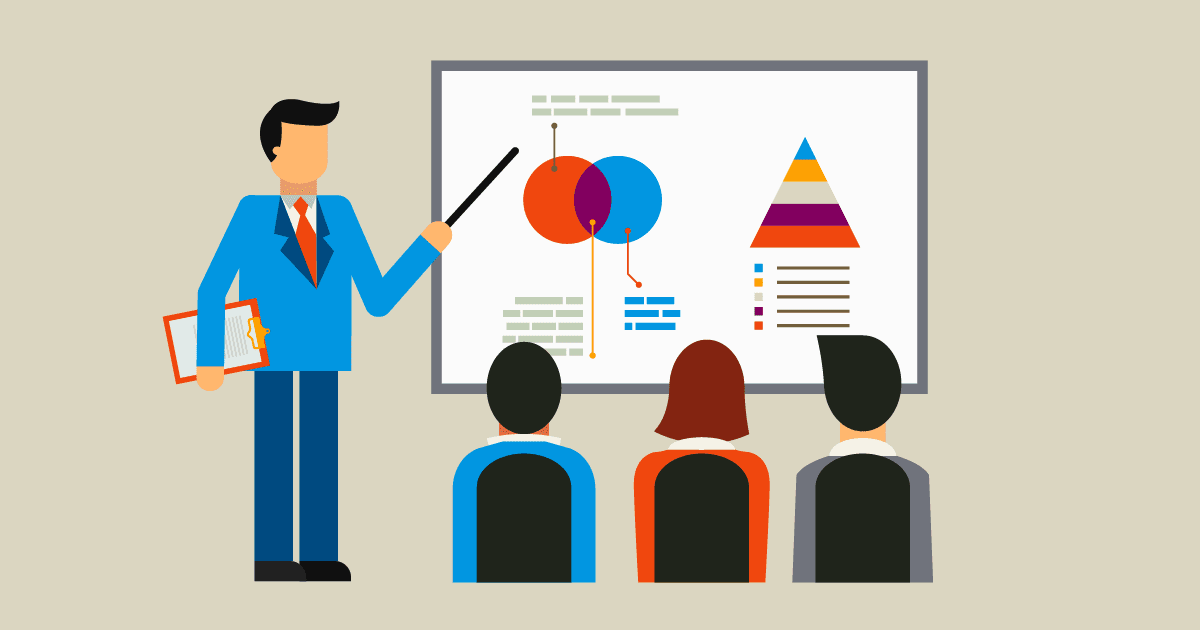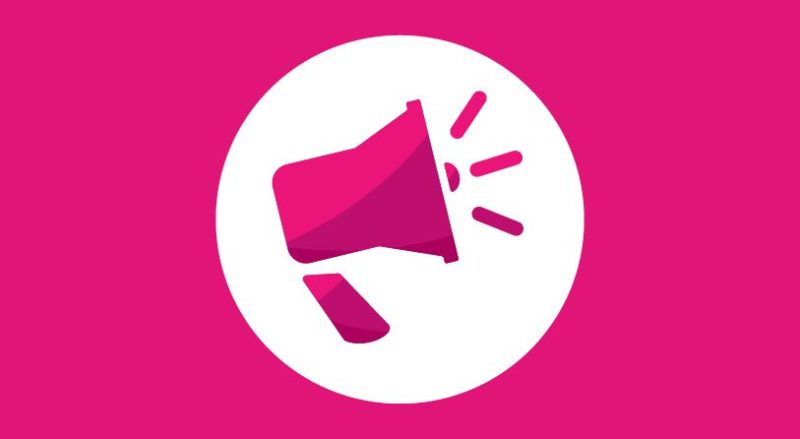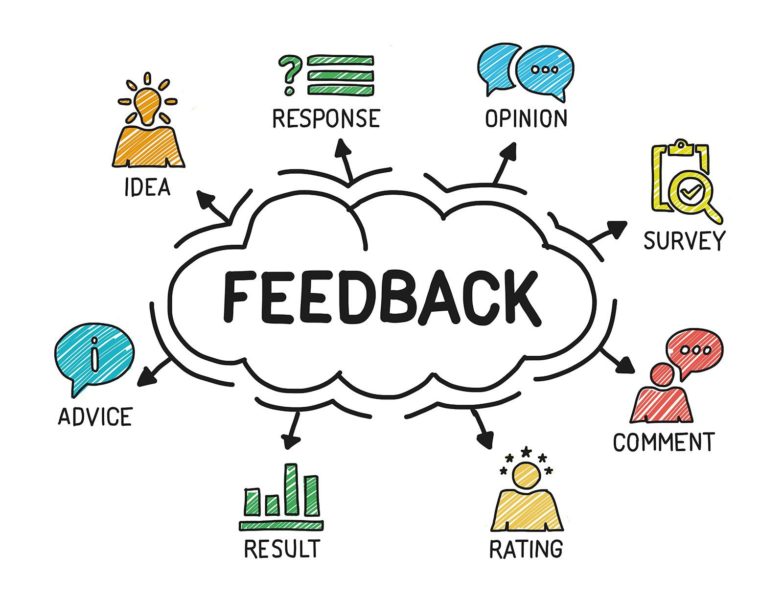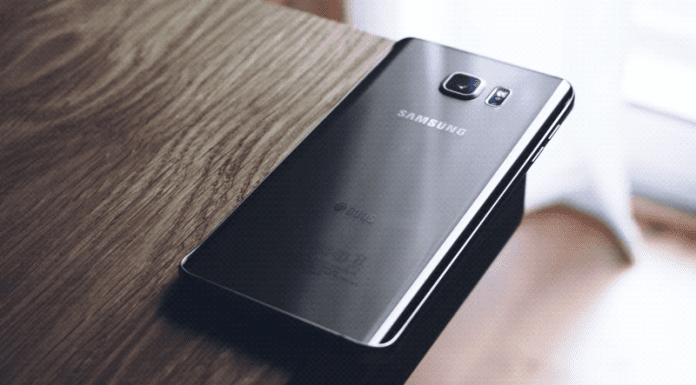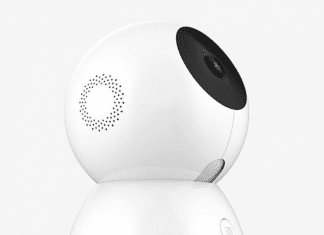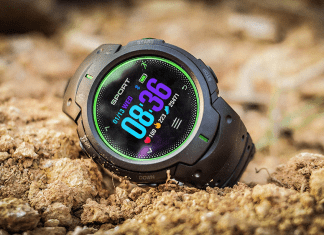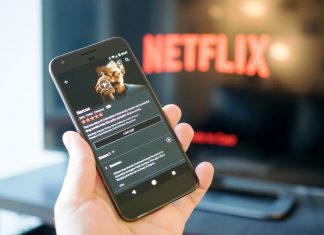Dealing with new customers entails several menial tasks necessary to give them the best experience. Handling several tasks at once can be bothersome, especially since the rise of customer centric communication in appealing to the target audience. When the business expands into a new market, it almost becomes impossible to personally cater to every customer personally, which causes the quality of service to deteriorate.
Customer Experience & its Importance –
As a result, the intimate connection of the brand diminishes and leads to inefficiency in the long run. Not to mention, such a problem would persist and develop as the business continues to expand.
Marketing automation attempts to solve this nightmare while maintaining the quality of service needed for a better customer experience. In fact, it cuts the time wasted on several menial tasks and shifts resources into meaningful work required for a robust marketing campaign. We call this particular automation as Business-to-Customer (B2C) Automation.
What does Marketing Automation Provide?
Marketing automation generally functions by reducing the work needed for marketing campaigns through the automation of integral but straightforward tasks. Since there are some tasks you just can’t do away with, why not let a system do the entire task for you?
I know it sounds risky, and it seems to compromise the whole personal touch that we give to each customer, but it’s not actually a problem. In fact, you can still personalize more than thousands of emails for your beloved audience while engaging them in a highly targeted manner.
According to the 2017 B2C Marketing Automation Report in India, here are some noteworthy stats you need to look at.
- About 48% of marketers have already adopted the strategy. Marketing automation allows the personalization of emails for customer engagement based on current transactions.
- 70% of marketers have adopted the strategy for increased lead conversions. The system itself collects the necessary data and builds a portfolio for each client you have to produce meaningful generated reports.
- About 57% of marketers have allocated part of their budget to automation. Since the system can sustain its own operations, there is more time to improve the system and expand its integration into other automatable functions.
- 63% of marketers are still not knowledgeable in applying marketing automation. Those knowledgeable in implementing it had far and few errors as long as the right type of data were collected.
In the context of customer experience, B2C automation focuses on automating tasks that are centred on personalization that converts interest and retains loyal customers. By reducing the tedious work, such as sending thousands of emails at once, you gain valuable resources that can be reallocated into high-impact activities.
In short, you exert less effort (and budget) for mindless labour while you get to improve the quality of your campaigns. Plus, you get to have more opportunities for conversions.
Where can you Apply Marketing Automation for B2C Businesses?
-
Welcoming & Orienting New Customers
We all know it’s essential to welcome someone new, whether it’s at home, at work, or in the community. New customers are just like that they’re new members of your brand’s community. A lot of your new customers might be those that offered their email to be updated. As such, they need to be welcomed and oriented on what they can avail themselves of and how they can get started.
-
Building Referral Systems
Gathering new leads is tedious work on top of handling marketing campaigns and other functions. Why not automate that part as well with the help of your community? Automated referrals help expand your reach with minimal effort. Push notifications and emails are good channels for starting an automated referral campaign.
-
Updating Milestone Campaigns
Milestones give a sense of achievement shared with your community, but it can get tedious when you have to update everyone about it. Marketing automation helps simplify milestone celebrations not only for a campaign but also for the notable events for your clients, their birthdays, their first-year anniversary with your community, etc.
-
Staying in Touch with Clients
Updates and engagements alone can swamp you with several tasks, especially if you’re into multichannel marketing. The volume of emails you need to send to different sets of clients makes it all the more tedious if you don’t have segregation of target emails in the first place.
Automation directly targets your identified audience, such as those who spend the most, those who registered for updates, and those who are using the app/service less in the past weeks. Staying in touch engages them with the purpose of retaining or reactivating them in your community.
-
Feedback Campaigns
If updates and milestones weren’t enough, there are also feedback campaigns needed whenever something new happens, like the launch of a new product or service. How do you even ensure that they’ll be responding to your call for feedback? Marketing automation helps identify the different channels where you can access most of your respondents. Emails and push notifications to selected respondents ensure a high response rate with quality feedback that your brand needs.
How can you get started?
It’s not that complicated to get started. The examples above give you an overview of where marketing automation can be used to improve customer experience. Let your creativity flow, and you can use automation for any task you think is too simple and repetitive. Don’t waste your time worrying, and start trying it today.




